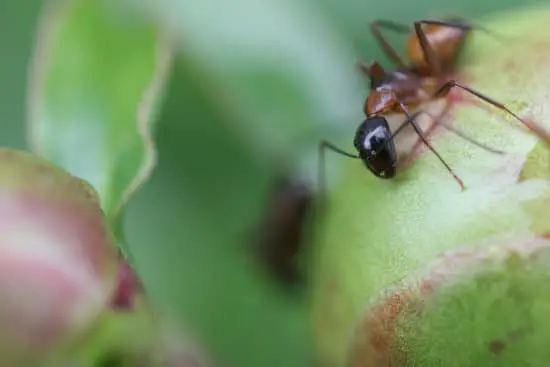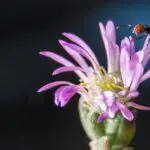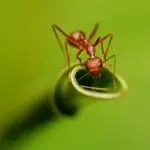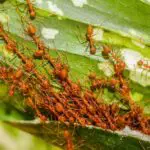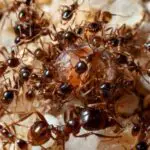Where Do Ants Take Their Dead?
Unlike humans, ants don’t have an actual graveyard. Their “cemetery” is a midden, which is an ant’s garbage dump. In some species of ants, the dumping area is close to the nest.
Workers in a mature ant colony act as undertakers, carrying the corpses of workers and queens to a midden. In the wild, ants react to chemical and physical signals to inform each other that an individual is dead.
In fact, ants have a mourning ritual in which they leave a chemical trail to guide other ants to the “cemetery”. The chemical is called dimethyl trisulfide. The ants in the colony react to it, causing them to search for the deceased ants.
Another chemical found in dead ants is oleic acid, a substance ants release to frighten intruders. Another chemical found in the mandibular glands of living ants is dimethyl disulfide.
Ants use these chemicals in a variety of ways. One of the most interesting is the use of pheromones, a chemical that sends other ants searching for the dead ant. Workers use pheromones in order to find food and water sources. They prefer protein from dead or decaying insects.
While ants do not have graveyards, they have a number of other rituals. They use pheromones to find food and water, and they carry dead comrades to a midden. They also clean up the mess and use pheromones to attract other ants.
Aside from their mourning rituals, ants use chemicals to find food and water sources, and they scavenge for a wide range of materials. They may even be able to get into your home through small holes.
